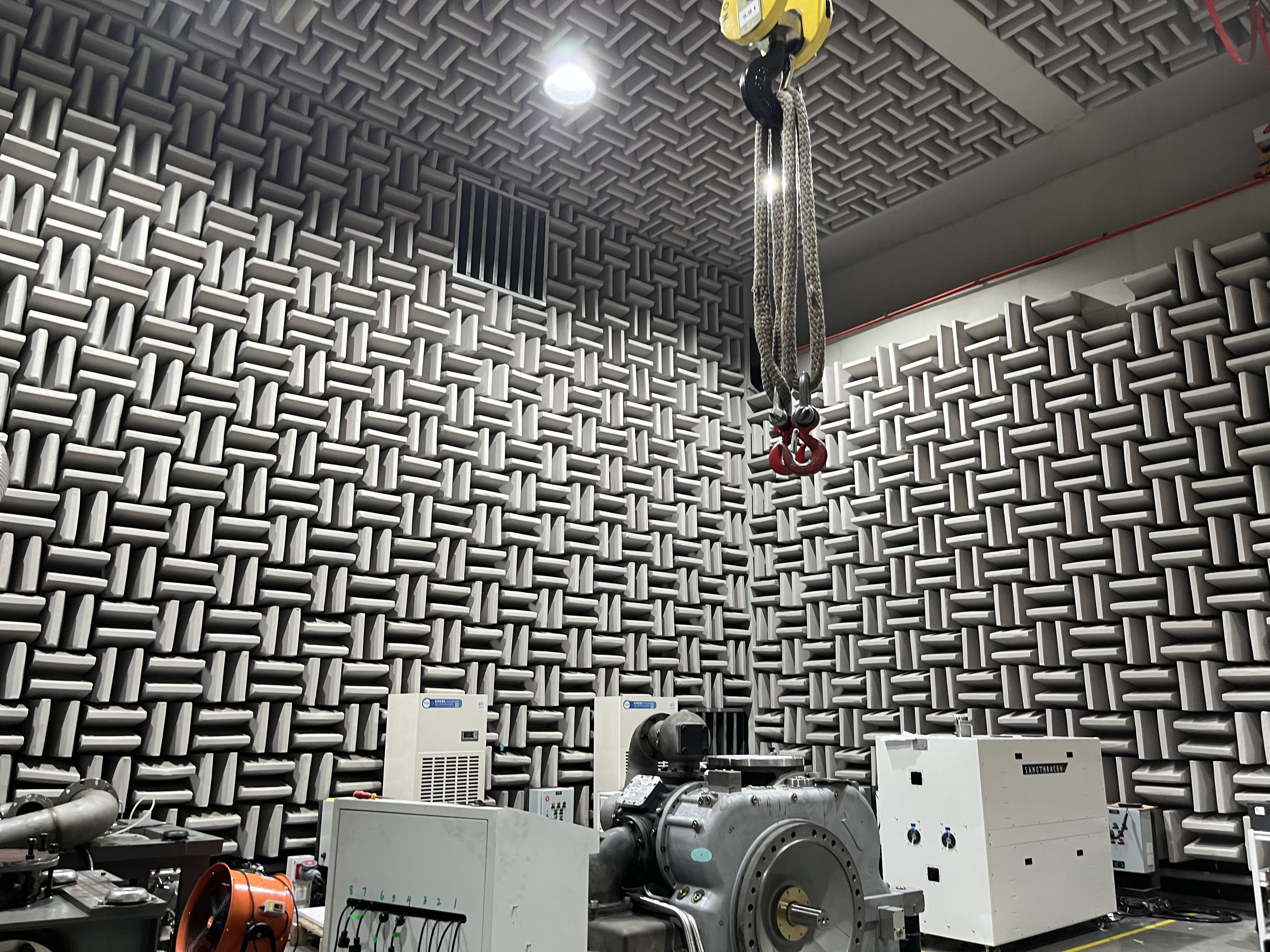The impact of the frequency of the anechoic chamber on the price is mainly reflected in the following aspects:
1. Design complexity: The design of the anechoic chamber needs to be based on the required frequency characteristics. The design of the high-frequency anechoic chamber is relatively simple, while the low-frequency anechoic chamber requires more considerations, such as space, materials, etc. Therefore, the price of low-frequency anechoic chambers is generally higher than that of high-frequency anechoic chambers.
2. Material selection: Anechoic chambers with different frequencies require different materials. Low-frequency anechoic chambers usually require the use of more and heavier sound-absorbing materials, so the cost is higher.
3. Manufacturing difficulty: Low-frequency anechoic chambers are relatively difficult to manufacture, requiring larger space and more complex structures, which will also lead to increased costs.
4. Technical requirements: The design and manufacture of anechoic chambers require certain technical capabilities, especially in handling low-frequency noise. Anechoic chambers with higher technical content are usually more expensive.
5. Market demand: In the market, there is relatively little demand for low-frequency anechoic chambers because they are usually used in specific scenarios, such as audio product testing, laboratories, etc. High-frequency anechoic chambers are widely used in various occasions, such as ordinary laboratories, factory silent rooms, etc. The difference in market demand will also affect the price of the anechoic chamber.
Generally speaking, the price of low-frequency anechoic chambers will be higher than that of high-frequency anechoic chambers. However, in practical applications, the choice of an anechoic chamber should be based on actual needs and budget, rather than simply choosing a low-frequency anechoic chamber. For example, if the customer's product under test requires a frequency of 60 Hz, then we will design and produce a 60 Hz anechoic chamber. There is no need to design and produce a 40 Hz anechoic chamber. This can not only save costs, but also satisfy product testing.

